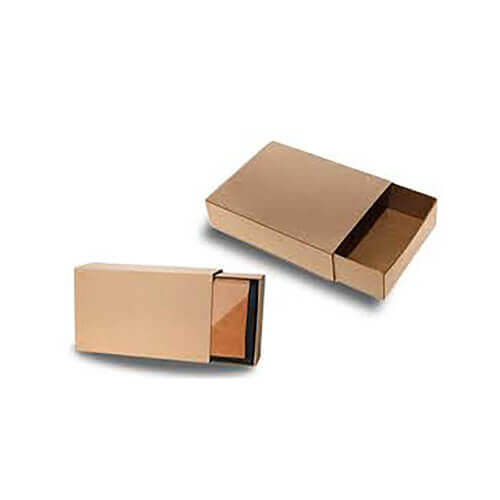A social audit or an ISO 9001 audit can be one of the most challenging audits you have to complete, but one surprising requirement may catch you off guard. If you’re auditing under SA8000, make sure to check out your supplier’s fire exits and response times. Safety should always be priority number one in any facility, but when it comes to audits, you may want to double-check your suppliers’ response times and fire exits just to make sure everything is up to par.
What does it mean?
Suppliers with ISO 9001 certification should already be accustomed to third-party audits. In theory, they should understand what to expect when they are selected to undergo an ISO 9001 factory audit (or any other kind of inspection). After all, passing an ISO 9001 audit is often part of a business’s requirements when pursuing certification. However, most suppliers are not aware that these same auditors will ask for SA8000 certification as well—even if you don’t intend to become SA8000 certified. Suppliers shouldn’t see it as an extra hoop or burden; rather, it can be used as another signal that your company is serious about CSR.
What is the purpose?
The purpose of an SA8000 Factory Audit is to conduct an evaluation in order to determine whether your factory is meeting up with regulations. ISO 9001 audits are common in manufacturing plants but if you have outsourced to a supplier, it’s important that you hire someone like BSI who will conduct and prepare a proper factory audit report. In addition, companies that choose to implement international quality standards within their facilities must ensure every employee understands what it means as well as ensuring its requirements are implemented by all. An ISO 9001:2008(E) or SA8000 compliance auditing firm can help identify any gaps between your company’s quality system and these requirements through thorough internal testing which includes both management and non-management level staff members.
How does this differ from ISO9001?
SA8000’s process-oriented focus allows facilities to more easily spot areas that need improvement, and also provides useful guidance on how to proceed when improvements have been identified. In terms of labor standards, ISO9001 is concerned with end products; SA8000 concerns itself with what goes into those products. ISO 9001 certification aims to ensure your final product conforms to safety, quality and consistency standards; SA8000 certification is aimed at ensuring your supply chain is compliant with basic human rights policies. Because SA8000 focuses more on process compliance than product output, it can be used in conjunction with existing quality management systems like ISO9001 or customer satisfaction standards like TQM.
When should you start your due diligence?
A well-designed set of factory audits can save you time and money if your supplier is not up to par in terms of quality or ethics. However, it’s important to understand what kinds of audits are appropriate at which stages of a project– and why. These tips will help ensure that your due diligence process is done effectively from start to finish. The first step in designing your process is defining its scope .
How do you get started with an SA8000 review?
The SA8000 standard is increasingly becoming popular as an auditing tool and many companies are using it to show compliance with their ethical obligations. As part of your supplier or partner due diligence, you may be required to conduct an SA8000 factory audit or ISO 9001 environmental management system (EMS) review. This guide will walk you through what’s involved in such an assessment, including ways to prepare.
Conclusion
Any company, whether it’s a private business or an NGO, can benefit from holding itself accountable by seeking out an independent ISO 9001 audit. While any organization of reasonable size can complete its own internal audits, there is value in obtaining an external view of your procedures. An ISO 9001 certification will bring assurance to your stakeholders and create better alignment between your operations and your mission.













+ There are no comments
Add yours